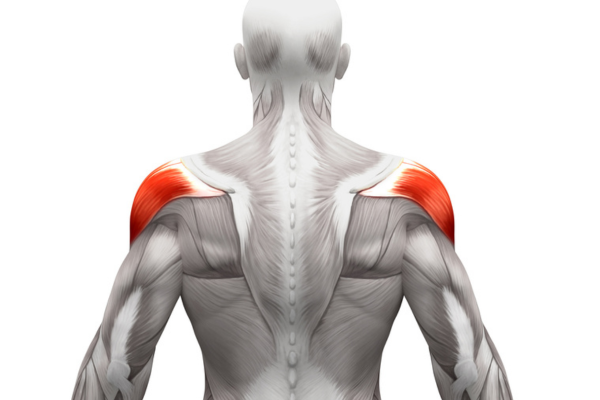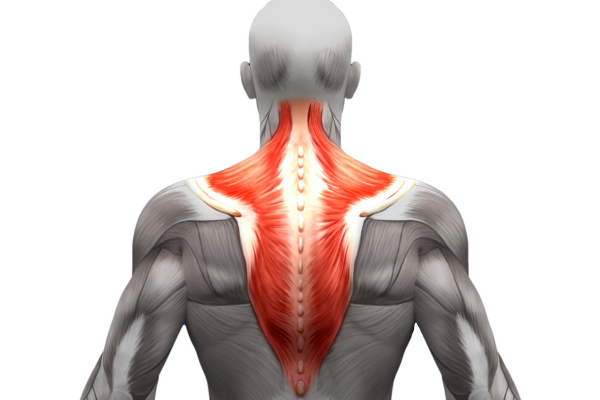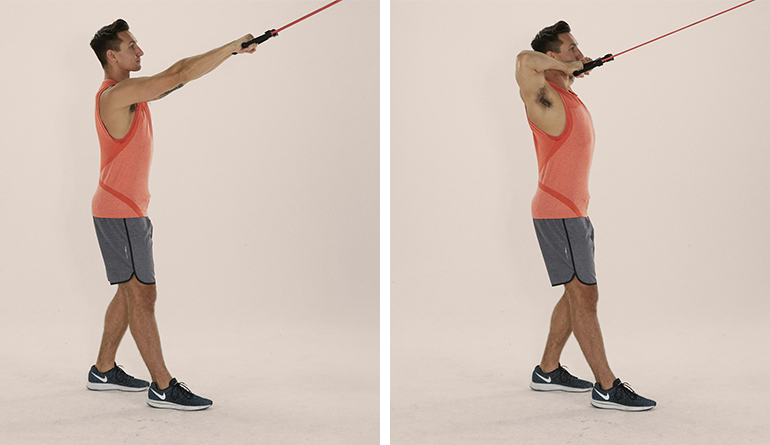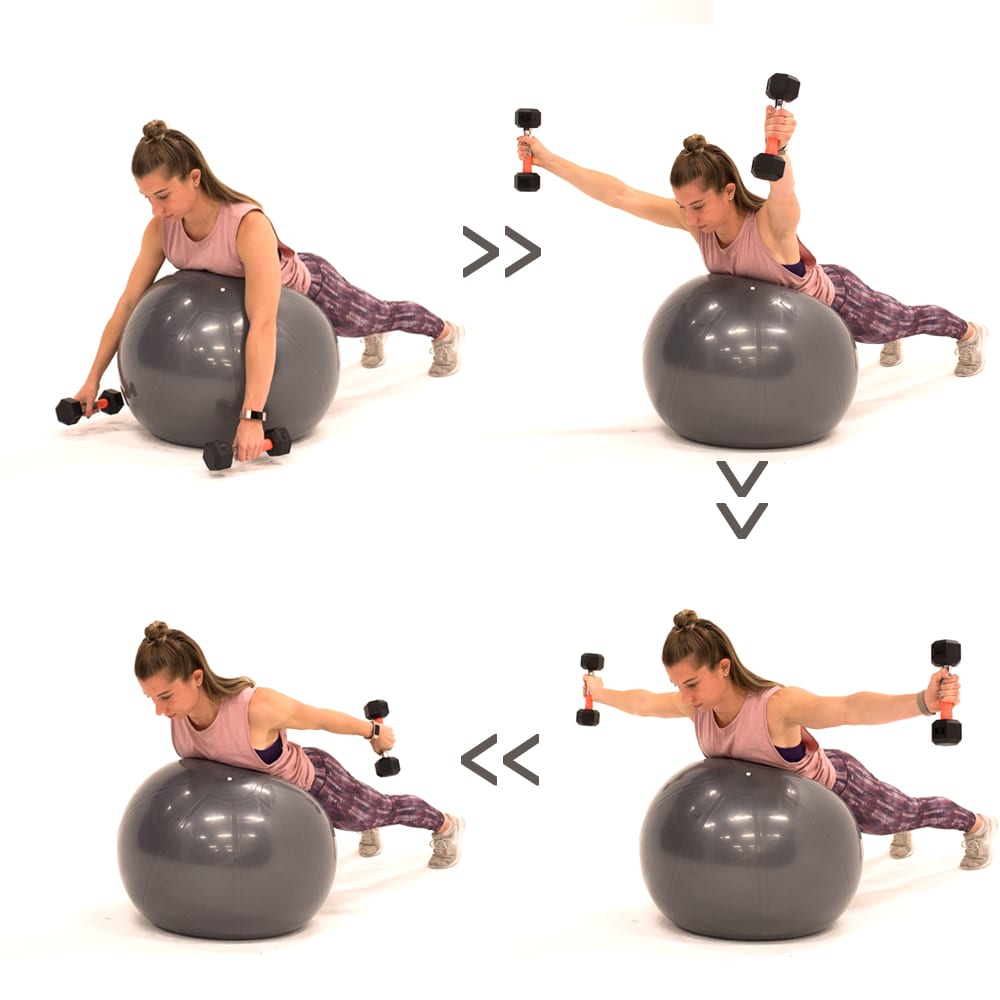Want better posture, more strength in pressing movements, more mobile shoulders, and a more impressive-looking upper body — from all angles? There’s a single move that can get you there that you’re almost certainly not doing: the cable rear delt fly.
This simple, little-used exercise grows and strengthens the rear delts, a band of muscle that pulls your shoulder and upper arm backwards and, when strengthened, provides a host of other benefits as well.
Compared to bigger lifts like the bench press, squat, or deadlift, the cable rear delt fly works small — but important — muscles that are often overlooked.

The rear delts originate at the top of your scapulae (shoulder blades) and insert, or attach, to the back of your upper arm a few inches below your shoulder joint.
The function of this understated chunk of sinew is to pull your upper arm from a shoulder-height position in front of your body to a point behind your upper body in the same plane, a move known as horizontal abduction.
The rear deltoids also rotate your upper arms outward (away from the center line of your body), a movement technically termed external rotation.

To a lesser degree, cable rear delt flys also work the lower portion of the trapezius muscles — the kite-shaped muscle that spans your mid and upper back — which help draw your shoulder blades downward.
Small as they are, however, the rear delts and lower traps are crucial to shoulder function and posture. They counterbalance the action of the upper trapezius (which shrug the shoulders) and the pec muscles of the chest (which pull your shoulders forward and rotate your arms internally).
Here are a couple reasons why cable rear delt flys deserve a place in your training.
The deltoids are a three-headed muscle responsible for raising your arm in numerous ways. Among workout regulars, the rear delts are by far the most-neglected: The front delts get plenty of direct action from pressing moves of all kinds — pushups, bench presses, overhead presses, and the like — and the side delts get tons of love from lateral raises.
However, the rear delts typically get only indirect work from back moves like rows and pulldowns. This can lead to imbalances among the heads of your deltoids, limiting their strength and growth potential. The rear delt cable fly can help with that.
Underdeveloped rear delts can also lead to a forward-rounded posture that, over time, can cause pain in your neck and back, and poor function in the shoulder joint.
A few sets of cable rear delt flys every week can help pull you out of the shrugged-shouldered, rounded-back position that many of us habitually assume throughout much of the day. This will help improve day-to-day posture while allowing you to reach your arm overhead more comfortably and press more weight overhead in your upper-body workouts.
The rear delt cable fly isn’t the only effective exercise for this underappreciated muscle. But it is one of the best, as it challenges the muscle through its entire range of motion, from the stretched position to the fully contracted position.
Most rear-delt moves are primarily effective when your rear delts are shortened — or fully contracted — but are less effective in the lengthened position. This is true of the dumbbell reverse fly, which is challenging when the dumbbells are fully lifted, but very easy — almost effortless — when your arms are hanging straight down.
This doesn’t make these alternative moves ineffective. You’ll certainly build and strengthen your rear delts using the moves listed below. They’re just somewhat less effective than the cable version.


The post Master the Cable Rear Delt Fly for Shredded Shoulders appeared first on BODi.